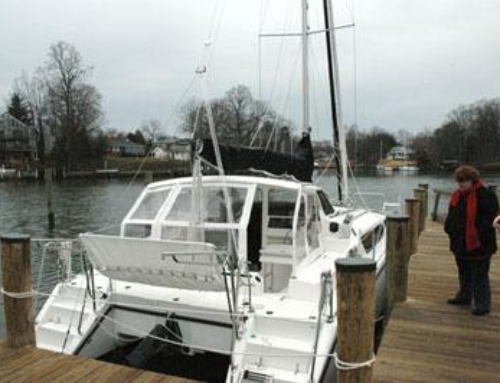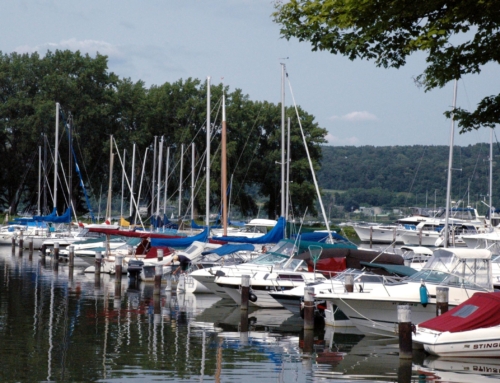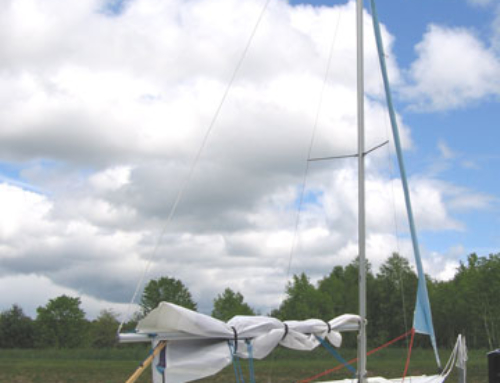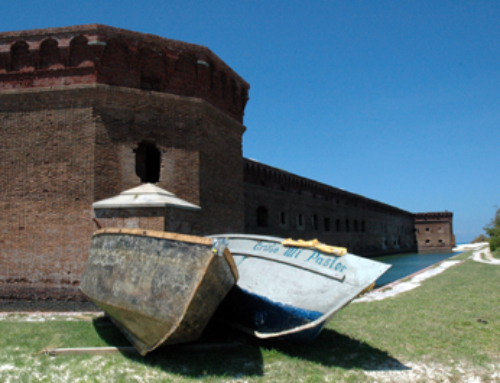Daysailing, also called dinghy cruising, has been described as “a magical way of exploring new coastlines and experiencing nature at close quarters.”

Day Sailing
You don’t have to wait until the bank account is full and until you have plenty of time for sailing to enjoy a daysail in your small boat. Trailerable boats are easy to acquire and inexpensive to maintain. Some have cabins, some are simply large cockpits with a tarp draped over the boom. Regardless, dinghy cruising is an affordable way to get on the water now, not later, and practice sailing skills and visit lakes and waterways. Some people joke that a trailerable sailboat can go 50 miles per hour. Some dinghies have centerboards and can be beached; some have small keels and can be anchored in knee-deep water. Regardless of the size or design, the most important aspect of dinghy cruising is the ability to go sailing quickly and easily and to have fun.
- Simple: One person can trailer it, step its mast, and be sailing in about an hour.
- Standardized: Recreational and racing sailors, alike, use standard rigs.
- Durable: These small boats can take a pounding, a knockdown or a capsize.
- Light: Dinghies are generally light and trailer well.
- Easy: Small boats are easy to maintain, and the cockpit is above the waterline.
- Ageless: People of all ages can enjoy sailing a dinghy.
Daysailing in small boats is very popular in the United Kingdom and in Canada. There are several clubs that maintain Web sites that promote the sport. Check our LINKS page for some suggested reading. There are several books that specialize in sailing small boats, because the reality is that the average person cannot (or does not want to) pay for the 35-plus-foot yacht, nor can they afford the time it takes to maintain such a boat. Books are perfect for the Armchair Sailor. If you want suggestions, take a look at the book links we’ve selected and placed on each page within this site. Many of these books are in our own collection, and we plan to buy the rest.
“In these days when maxi yachts are raced round the world at a cost of millions of pounds, financed by commercial sponsorship, aided by radio communication, satellite navigation, and all the complicated back-up of modern trans-ocean racing under the glare of international press publicity, it is perhaps reassuring to know that individuals, quietly and on their own account, can still find adventurous sailing and very special happiness afloat in suitable cruising dinghies at modest cost. Ian Proctor, designer













